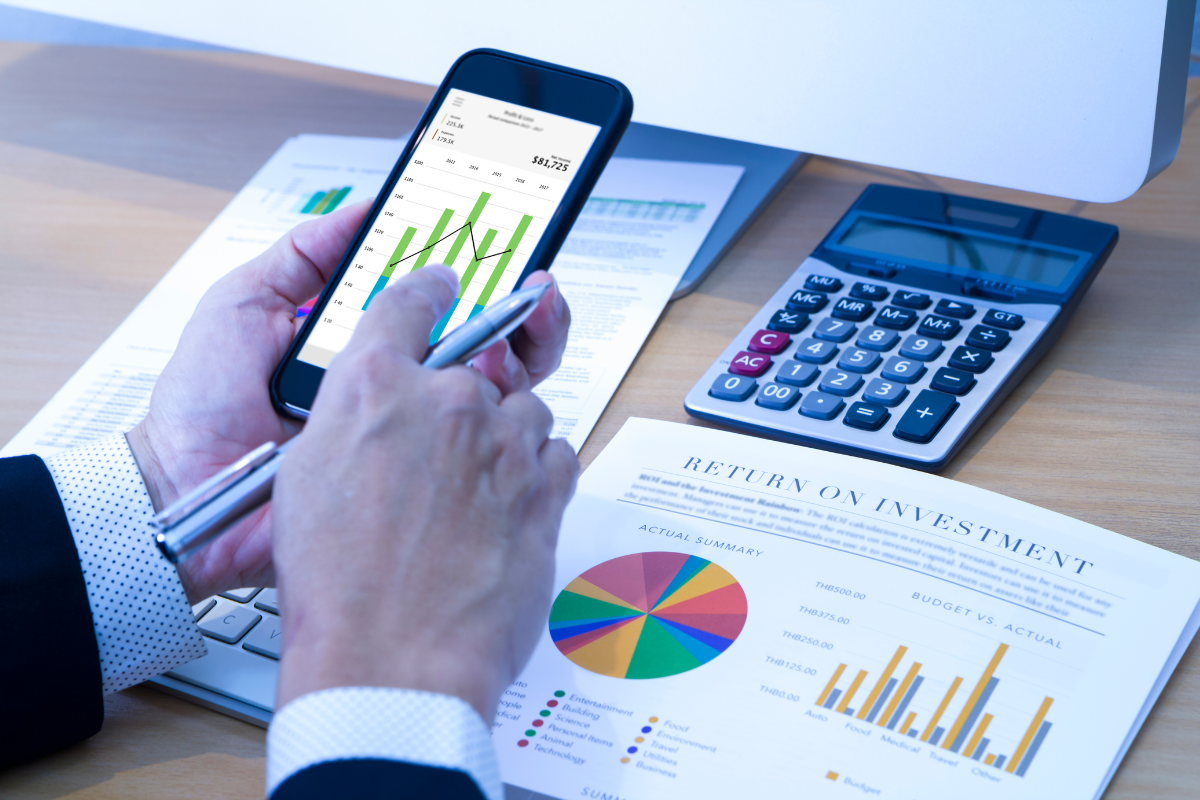Life is full of surprises—some welcome, others costly. A job loss, medical crisis, or sudden car or home repair can quickly derail your finances if you’re not prepared. That’s why an emergency fund is essential. It serves as your financial buffer, giving you the confidence to handle life’s curveballs without resorting to credit cards or loans.
But simply setting money aside isn’t enough. Where you keep your emergency fund matters just as much as how much you save. The ideal place balances safety, liquidity, and stability—ensuring your money is protected and readily available when you need it.
This guide explores the best low-risk, accessible investment options for your emergency fund, such as high-yield savings accounts, money market accounts, short-term certificates of deposit, and government T-bills. By choosing the right place to park your savings, you can preserve your capital, earn modest returns, and ensure immediate access—exactly what you need in a true emergency. Start building your safety net today.
Why a Dedicated Emergency Fund is Crucial
An emergency fund isn’t a luxury—it’s a financial necessity. Emergencies can range from the loss of a job or income to unforeseen medical expenses, sudden travel for family crises, or major home and car repairs. When these events happen, having a buffer means you won’t have to rely on high-interest debt or sell off long-term investments at a loss.
Without an emergency fund, many people turn to credit cards or personal loans. This can lead to a cycle of debt and financial anxiety. On the other hand, having even a few months’ worth of expenses set aside can make a huge difference in weathering a financial storm with minimal disruption.
How much should you save?
A common guideline is to save three to six months’ worth of essential living expenses, including rent or mortgage, groceries, utilities, transportation, and insurance. If your income is irregular or you’re the sole breadwinner, aim for more—up to 12 months of expenses can provide greater peace of mind.
Characteristics of an Ideal Emergency Fund Investment
When deciding where to store your emergency savings, keep in mind that your goal is stability and accessibility, not high returns. Here’s what your emergency fund investment should prioritise:
- Liquidity: You must be able to access your funds quickly and easily, ideally within a day or two.
- Capital Preservation: The money you put in should not lose value. Your principal must be protected.
- Low Volatility: Emergency funds should not be exposed to market fluctuations or risk of depreciation.
- Accessibility: The investment vehicle should be straightforward to open, manage, and withdraw from without complex procedures or fees.
Top Low-Risk Investment Options for Emergency Funds
Below are the most suitable, low-risk places to keep your emergency fund, with a breakdown of their pros and cons:
1. High-Yield Savings Accounts (HYSAs)
Pros:
- FDIC or SDIC insured (up to S$75,000 in Singapore; S$250,000 in the US).
- Very liquid—access your money instantly.
- Pays better interest than traditional savings accounts.
Cons:
- Interest rates can fluctuate with the market.
- May not keep up with inflation over the long term.
Best For:
Those who want peace of mind, maximum flexibility, and ultra-simple account management.
Example Providers:
- Singlife Save (Singapore)
- CIMB FastSaver Account
2. Money Market Accounts (MMAs)
Pros:
- Competitive interest rates, especially with higher balances.
- FDIC/SDIC insured.
- May include cheque-writing and debit card access.
Cons:
- Often require a higher minimum balance to avoid fees.
- May limit monthly withdrawals.
Best For:
Those who want a mix of liquidity and slightly better returns, and are comfortable with maintaining a minimum balance.
3. Certificates of Deposit (CDs) – Short-Term
Pros:
- Fixed, predictable interest rates.
- FDIC/SDIC insured.
- Excellent for parking a portion of your emergency fund for a set term.
Cons:
- Early withdrawal penalties apply.
- Not immediately accessible—less liquid.
Strategy Tip:
Laddering CDs—staggering maturity dates—can improve access while earning better rates.
Best For:
People with a large emergency fund who want to earn better interest on a portion of it, while keeping the rest liquid.
4. Treasury Bills (T-Bills) and Short-Term Government Bonds
Pros:
- Backed by government (extremely low risk).
- Highly liquid if bought through a brokerage or traded in the secondary market.
- Competitive rates for short durations.
Cons:
- May require a bit of financial literacy to purchase directly.
- Typically offer low returns.
Singapore Option:
- MAS 6-month T-bills, which can be bought through banks or online platforms like SGX.
Best For:
More financially savvy savers who want the lowest risk possible, paired with higher-than-savings-account returns.
Investments to Avoid for Your Emergency Fund
Not all financial products are created equal when it comes to emergency savings. These options should be avoided, no matter how promising the returns might seem:
- Stocks, ETFs, Mutual Funds: Too volatile and market-dependent.
- Long-Term Bonds: Can lose value if sold before maturity due to interest rate risk.
- Real Estate: Highly illiquid and expensive to access quickly.
- Cryptocurrency: Extremely volatile and not suitable for capital preservation.
Practical Tips for Setting Up and Managing Your Emergency Fund
Now that you know where to park your money safely, here’s how to build and maintain your emergency fund effectively:
1. Automate Contributions
Set up a recurring transfer from your salary or current account to your emergency fund. Start small if needed—consistency matters more than size at the beginning.
2. Separate it from Everyday Spending
Keep your emergency fund in a separate account from your daily banking or investment accounts to avoid accidental spending.
3. Review Annually
Recalculate your emergency fund needs yearly or after major life changes (new job, child, home, etc.). Adjust your savings goal accordingly.
4. Use it Only for Real Emergencies
Not all expenses qualify. Avoid dipping into it for holidays, new gadgets, or non-urgent home improvements.
Final Thoughts: Build Your Buffer, Secure Your Future

In today’s unpredictable world, an emergency fund is your financial safety net—a crucial buffer between stability and sudden stress. Whether it’s a job loss, medical emergency, or urgent car repair, having accessible cash on hand allows you to respond with confidence rather than resort to high-interest debt.
The key lies in storing this fund in low-risk, highly liquid investments. Options like high-yield savings accounts, money market accounts, short-term CDs, and treasury bills preserve your capital while offering quick access when you need it most.
Building an emergency fund doesn’t have to happen overnight. Start small, automate your savings, and review your needs regularly. Keep the fund separate from daily spending to avoid temptation.
Whether you’re starting from scratch or refining your strategy, now is the time to take action. A well-structured emergency fund offers more than just money—it brings peace of mind, financial resilience, and the freedom to navigate life’s surprises without panic. Start securing your future today.


